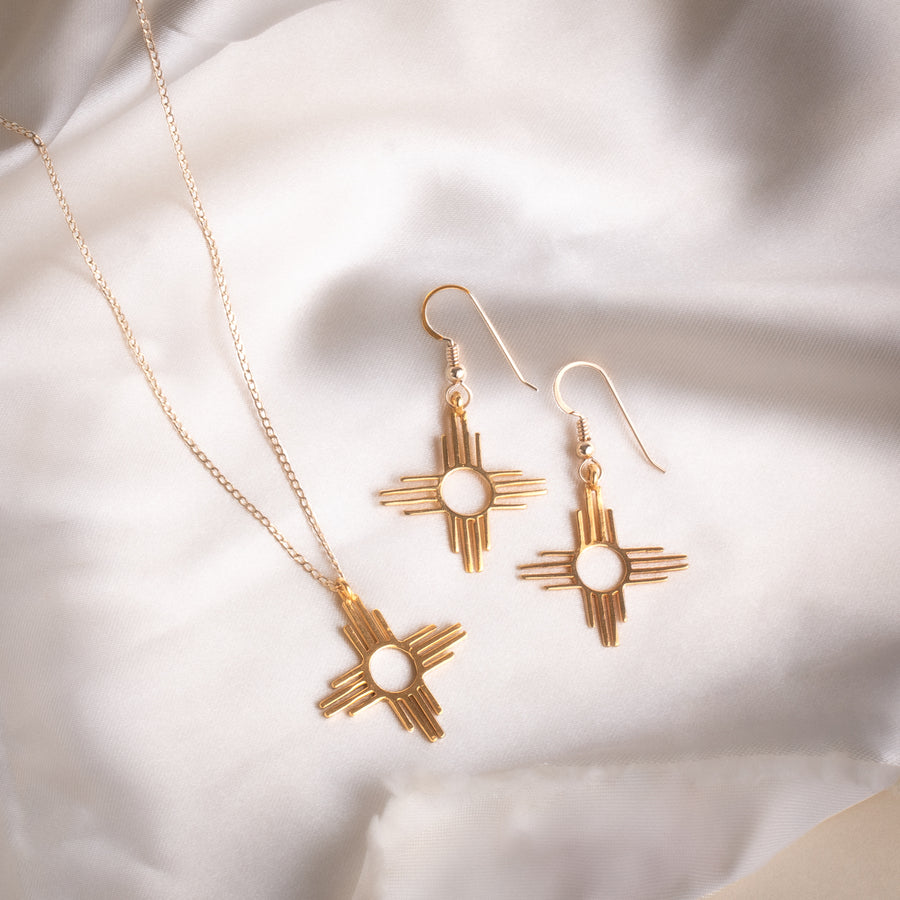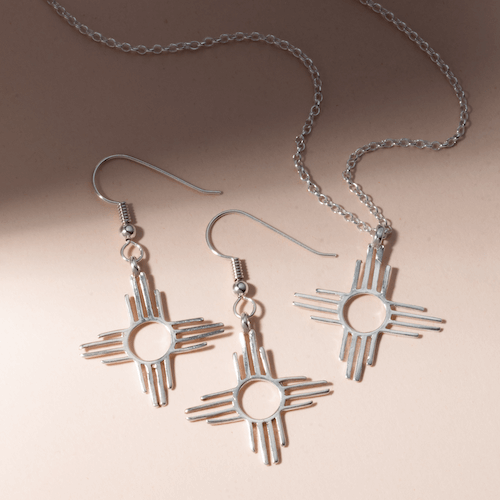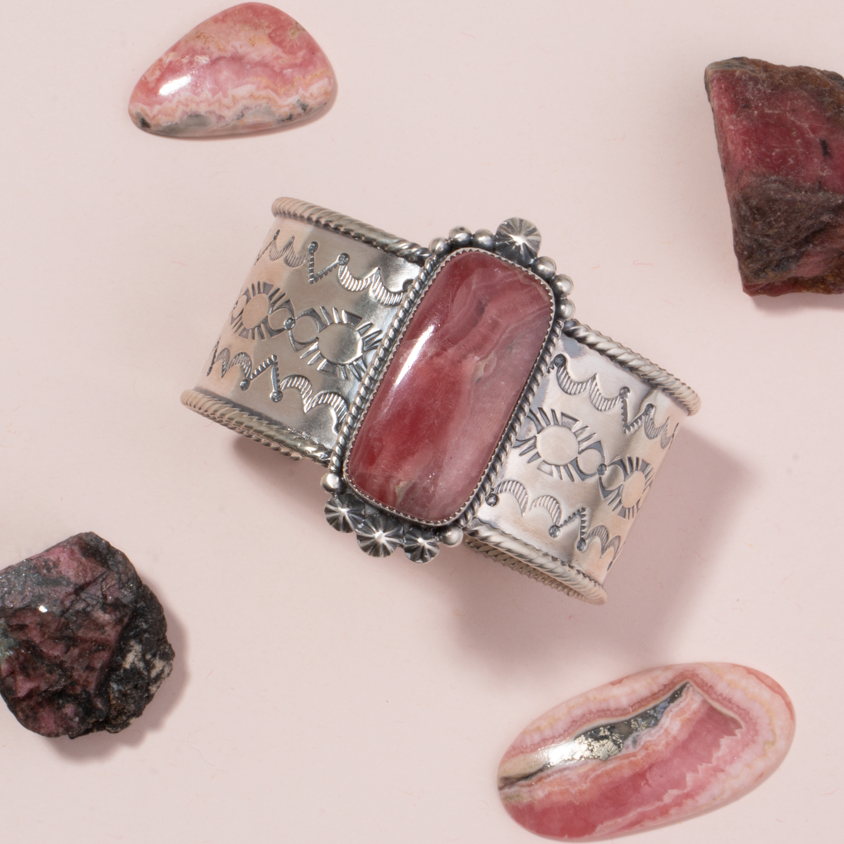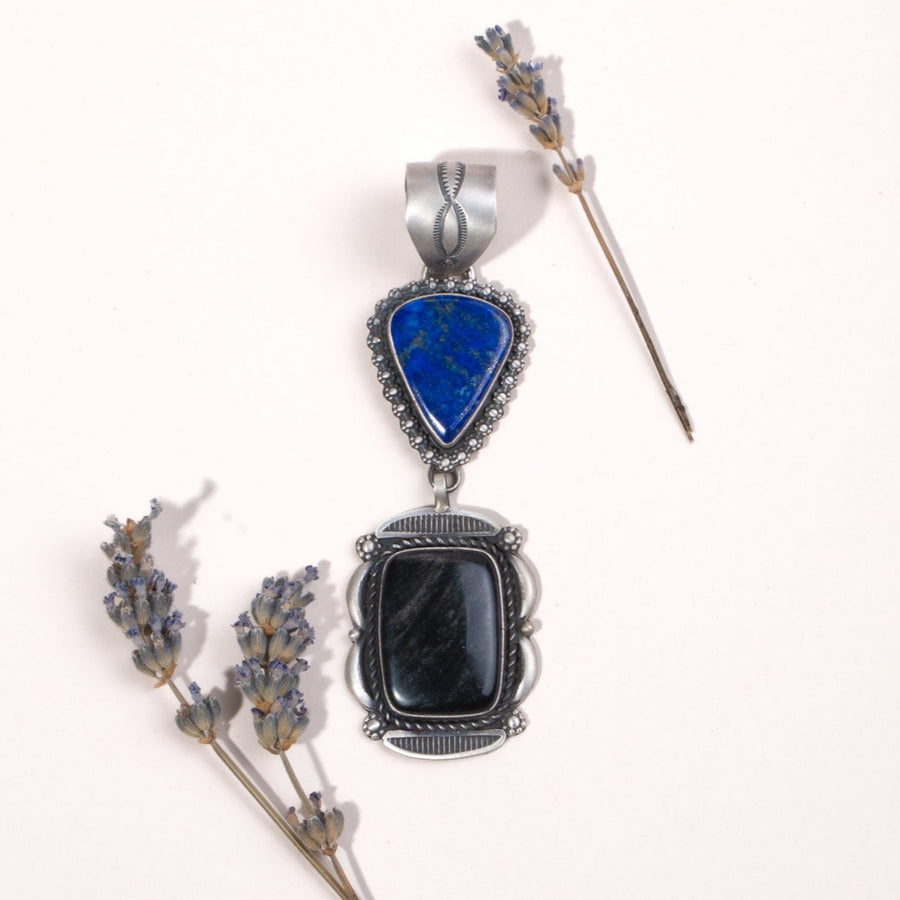Mother of Pearl: The Iridescent Beauty

Mother of Pearl, also known as nacre, is an iridescent material found on the inner shells of certain mollusks. While not a gemstone in the traditional sense, it is highly valued for its lustrous and pearly appearance. Let's delve into its rich history and its connection with indigenous communities in the Southwest.
Presence in Native American Tribal Jewelry
The Navajo people have historically used mother of pearl in their jewelry, particularly in silverwork. It is a popular material for creating intricate inlay designs in their pieces. The Zuni Pueblo, renowned for their stone inlay work, have incorporated mother of pearl into their jewelry, fetishes, and other art forms. Mother of pearl contributes to the iridescence and beauty of their creations.
Symbolic Use in Mexican, Spanish and Native American Tribes
While mother of pearl doesn't hold profound spiritual or symbolic significance among the Navajo people, its utilization in jewelry is primarily for enhancing aesthetics, elevating the beauty of silverwork, and introducing variety into their designs.
In Zuni culture, mother of pearl is often used in inlay work, where it serves as a canvas for intricate designs. While mother of pearl itself may not hold specific spiritual or symbolic meanings, the symbols and motifs created with it can carry cultural and artistic significance.
In Mexican cultural history, mother of pearl has been cherished for its ornamental qualities, particularly in jewelry and decorative arts. Similarly, in Spanish cultural heritage, it finds its place in the creation of religious artifacts, adorning statues, crosses, and other sacred items. Though not inherently imbued with spiritual symbolism, its beauty is revered in these cultural contexts.
The Significance of White in Native American Tribes
Though Mother of Pearl does not hold profound spiritual significance among Native American tribes, the color white does. While the color white carries various cultural significances among these tribes, it is important to note that interpretations can vary even within the same tribal affiliation. Additionally, contemporary usage and symbolism may differ from traditional interpretations, reflecting the evolving nature of indigenous cultures in the modern world.
Hopi Tribe: Purity and Light. Among the Hopi people, the color white is associated with purity and light. White is often used in Hopi pottery and kachina dolls to symbolize the importance of clarity and spiritual purity in their ceremonies and daily life. It represents the illumination of knowledge and wisdom.
Navajo (Diné) Tribe: Balance and Harmony. In Navajo culture, white is often associated with balance and harmony. The concept of "hozho" or "beauty" is central to Navajo beliefs, and white is seen as a color that embodies this balance. White can be used in Navajo rugs and sand paintings to represent the harmonious relationship between the natural and spiritual worlds.
Zuni Tribe: Spiritual Cleansing. Among the Zuni people, the color white is linked to spiritual cleansing and purification. White cornmeal is used in Zuni religious ceremonies to create intricate designs known as "sandpaintings." These designs are used to connect with the spirit world and seek balance and healing.
Pueblo Tribes (e.g., Taos, San Felipe, Santo Domingo): Ceremonial Significance. White is commonly used in the regalia and pottery of Pueblo tribes. It can symbolize the purity of intention and the importance of balance in ceremonies and rituals. White may be used in various dances and ceremonies that seek harmony with nature and the spirit world.
Metaphysical Properties of Mother of Pearl
Beyond its cultural and historical importance, mother of pearl is believed to possess metaphysical properties. It is considered a stone of protection and calming, capable of soothing anger and fear, fostering love expression, and aiding in decision-making processes.
In essence, the enchanting beauty of mother of pearl transcends mere aesthetics, weaving a tapestry of cultural heritage, spiritual symbolism, and metaphysical allure in Southwest jewelry.









